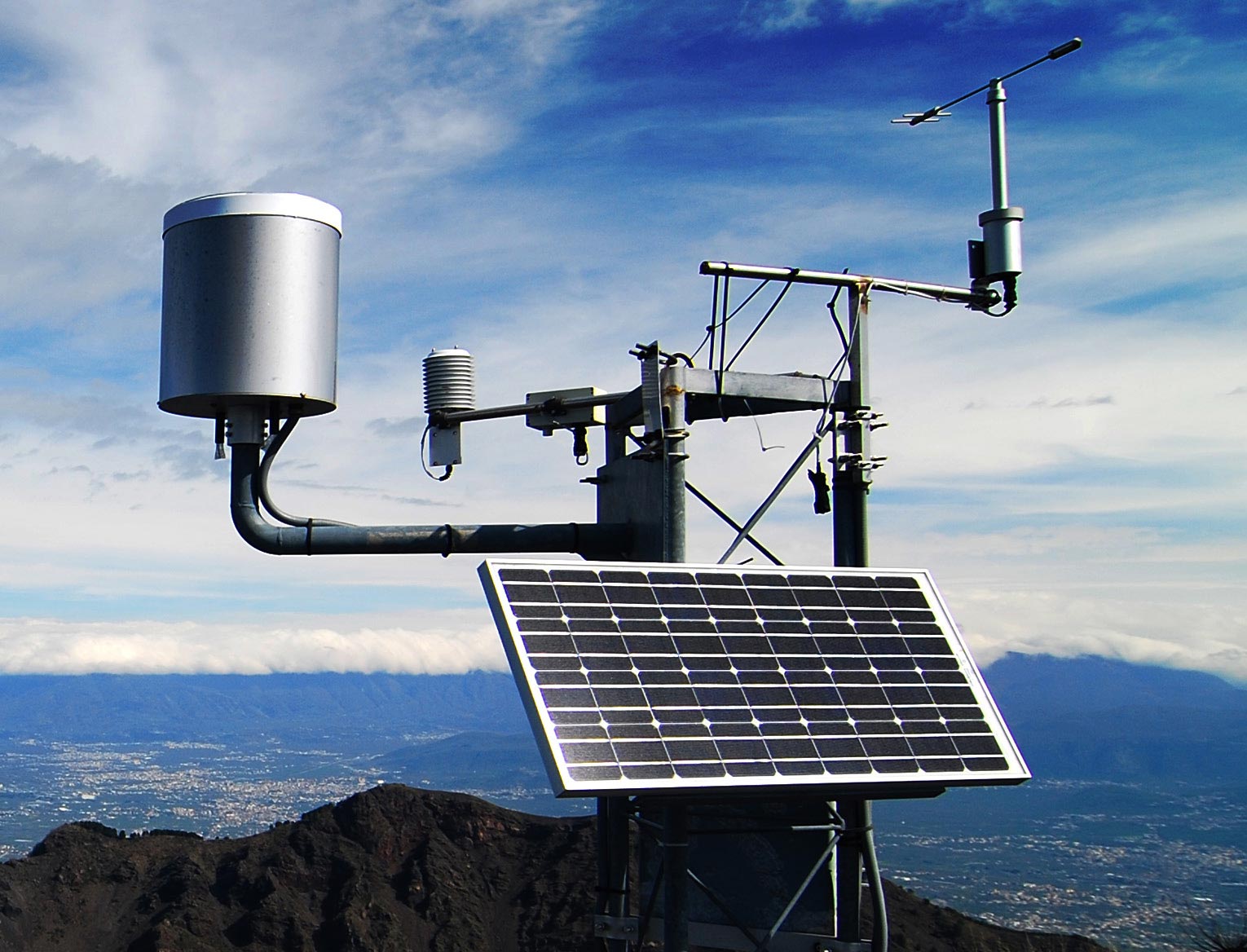By constantly improving our observation and forecasting resources
As an essential prerequisite for weather forecasting and climate studies, the observation of atmospheric phenomena is essential for characterising past and future climate and for better anticipating extreme weather events by feeding ever more refined digital weather prediction models.
A major evolution in the accuracy of digital weather prediction models
Since 2 July 2019, Météo-France has refined the resolution of its models. This increased accuracy of forecasts, which zoom in on Europe and the near Atlantic in an unequalled way up to D+4, is accompanied by major advances such as the determination of new parameters to describe "sensitive weather" (visibility, type of precipitation, cloud height) or the significant improvement of parameters already produced (wind gusts during thunderstorms in particular). The most emblematic changes are significant increases in the horizontal resolution of global systems. Thus, the Arpege model is refined to 5 km over the metropolis and 24 km in the South Pacific. The formation of small-scale structures, such as fronts or clouds associated with areas of intense precipitation, is treated more realistically, as are the interactions with the surface, which are also better described through the relief or nature of the ground.
Metop-C and Aeolus improve forecast quality
Eumetsat's Metop-C polar-orbiting satellite, the third and last in the series, was launched from Kourou on 7 November 2018. Like its predecessors which are still available, it carries a large number of measuring instruments dedicated to operational meteorology. Following the in-orbit verification activities carried out by Eumetsat, its first data were gradually assimilated into Météo-France models between July 2019 and January 2020 with a significant impact on forecast quality.
Calibration of the Copernicus satellites: deployment of 50 high-precision drifting buoys from Brest
Météo-France successfully organised the deployment of the first 50 high-precision drifting buoys designed to provide reference measurements over the world's oceans to calibrate the satellites of the Copernicus programme. Météo-France has been deploying drifting buoys in the world's oceans since the 1980s, taking advantage of the establishment's overseas locations, for example from Reunion Island in the Indian Ocean (DIROI). These developments testify to Météo-France's continued strong involvement in surface ocean monitoring and contribute to the preparation of the United Nations Decade of Ocean Sciences for Sustainable Development (2021-2030).
Observation from connected objects
To improve its knowledge of meteorological phenomena and make progress in forecasting their impacts, a partnership has been consolidated with the automotive supplier Continental to develop a weather warning service that makes use of information from vehicles. This collaboration contributes to the global approach to evaluate the potential of measurements from connected objects (cars, weather stations, etc), which is set to expand.

Modernisation of the state climate network
Météo-France has always used the services of volunteers whose mission is to observe the weather. They do this by means of a climatological station that can be installed in the city, in the countryside, a private garden, a farmer's field or on the premises of a company, etc. Several times a day, they record temperatures and rainfall and then describe the weather at the time of the reading. These data, once transmitted to Météo-France, are integrated with other observation data and help to understand the heterogeneity of local climates. They are also used to initialise and validate climate forecast models. In 2019, Météo-France upgraded the number of climatological stations and installed a proportion of automated stations, in particular according to local geographical characteristics and complementarity with the local observation network. In 2019, 1,797 climatological stations in metropolitan France and 229 overseas make up the network with 1,645 volunteers located throughout the territory. We would like to thank them for that! In order to strengthen links with users and meet its needs in terms of meteorological observations, Météo-France also offers a module on its mobile app that allows mobile users to enter their own weather observations. This participatory science operation has proved successful, with more than 11,000 sensitive weather observations every day in 2019.